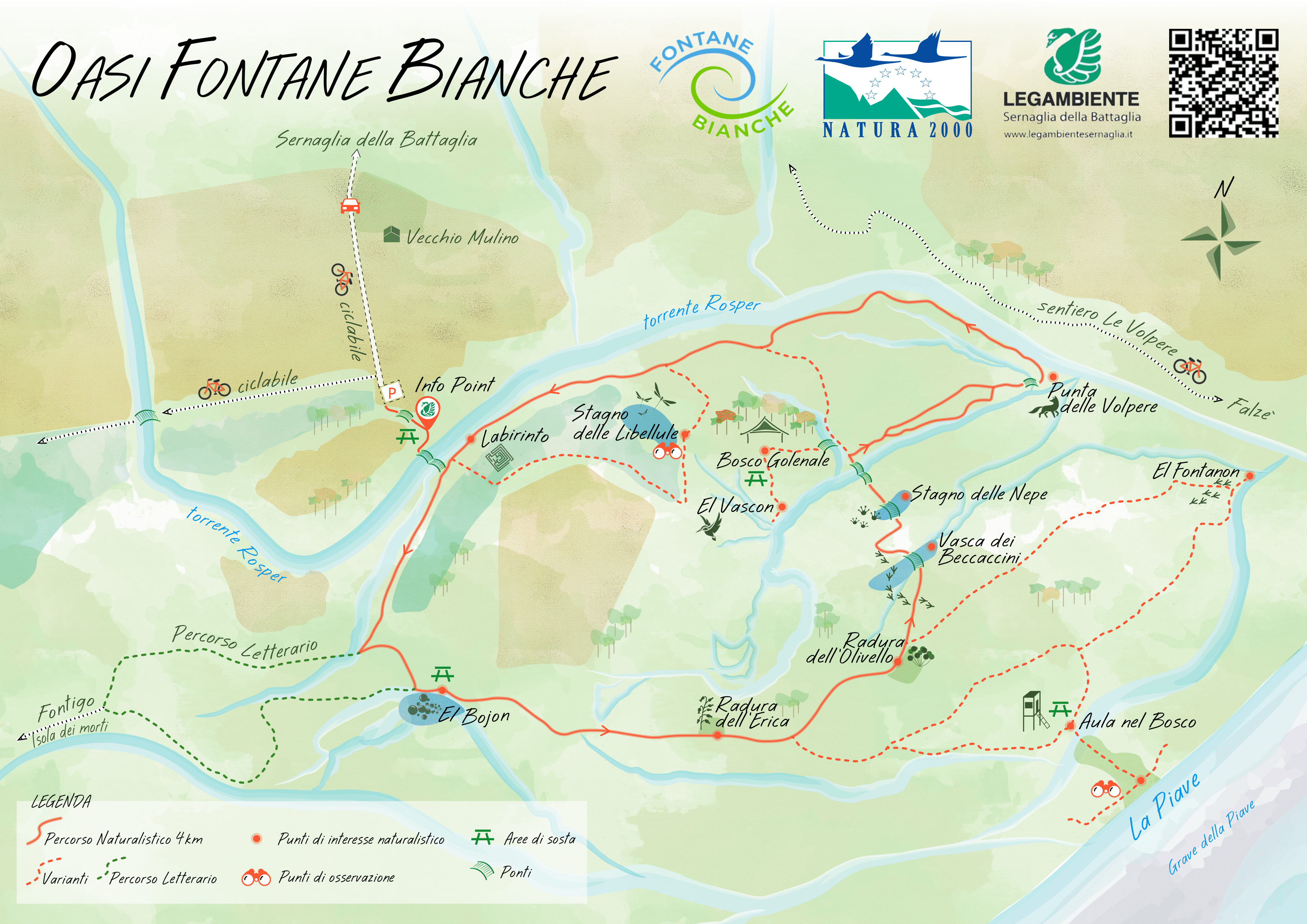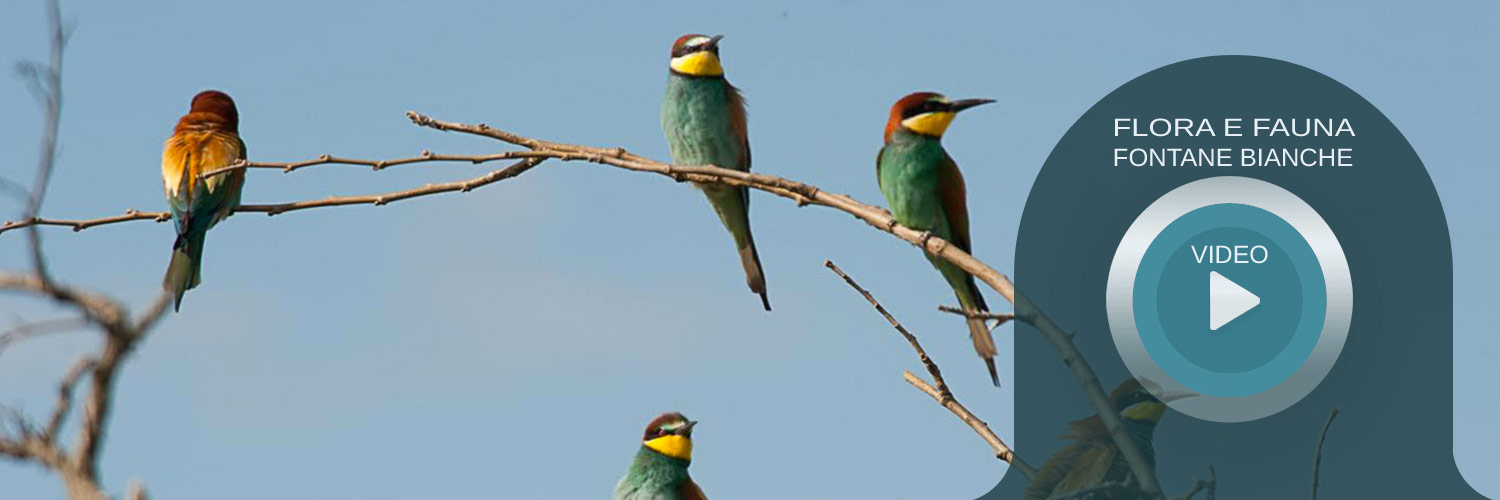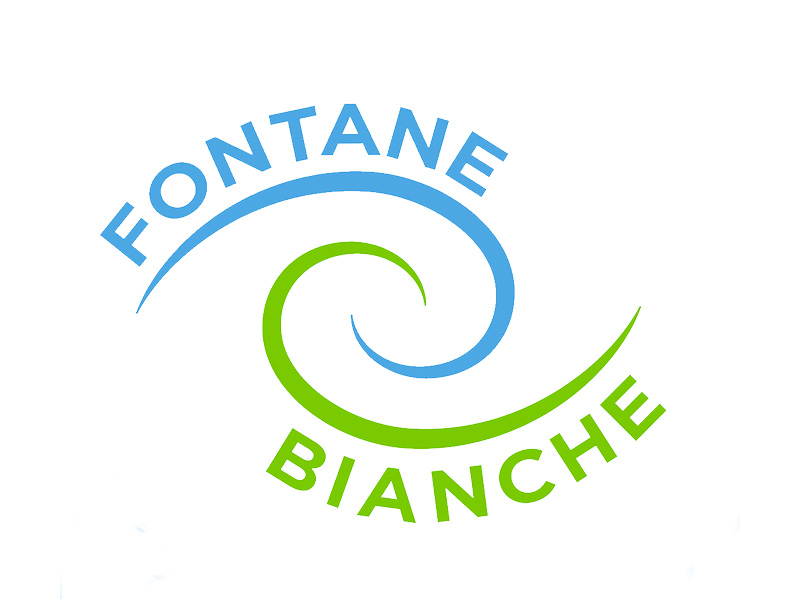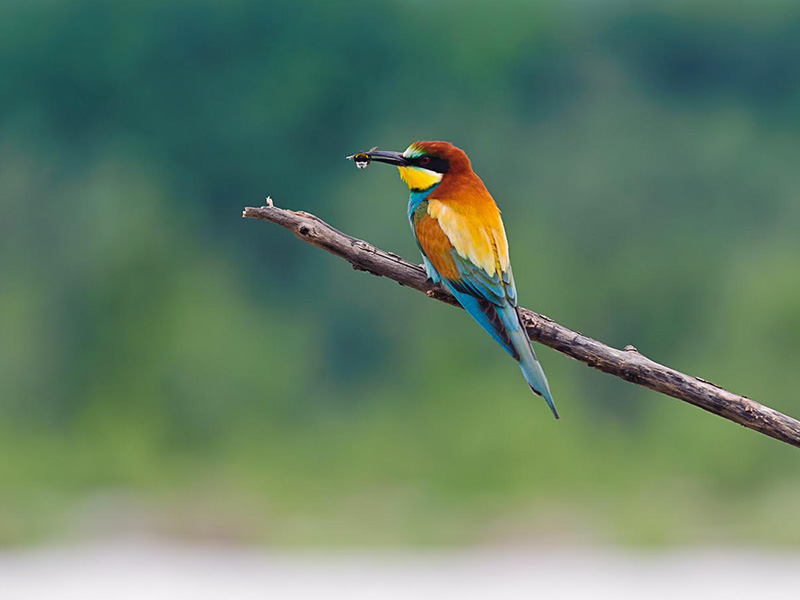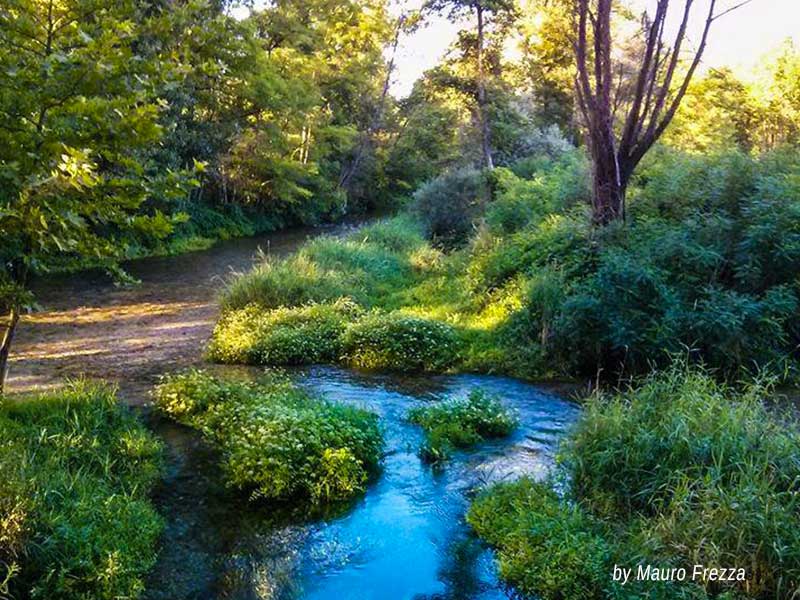FONTANE BIANCHE
An area of springs with exceptional environmental value
Let’s discover the Fontane Bianche
In the floodplain area of the Piave River, there is an approximately 100-hectare area of springs with exceptional environmental value, known as Fontane Bianche. This area is one of the most spectacular in the entire Alta Marca Trevigiana region.
Geographical and Geomorphological Location
From a geomorphological perspective, the Fontane Bianche are situated at the entrance of the Nervesa gorge, just above the confluence of the Soligo River into the Piave, the last tributary before the Piave leaves its mountainous catchment area and enters the Venetian plain. Specifically, the springs are located at the point where the Raboso and Rosper streams flow into the Piave, separated from the Soligo by the rocky outcrop on which the village of Falzé di Piave sits.
In the heart of Fontane Bianche, the Legambiente Sernaglia della Battaglia association has managed a 35-hectare plot since 1990, leased from the Genio Civile of Treviso. This area features a dense and well-preserved riparian forest, numerous springs, and water bodies. A well-designed educational and naturalistic trail has been developed here, allowing for the thorough exploration and observation of the diverse floral and faunal species present.
Over the years, due to the constant increase in visitors seeking tranquility and school groups aiming to deepen their naturalistic knowledge, the structures of the trail have been continuously renovated and enhanced.
We take pride in the success we’ve achieved with our visitors, which encourages us to improve our activities further. However, we cannot ignore that the current visitor level (estimated at around 20,000 annually) demands higher management standards for the maintenance of trails and facilities, ensuring both visitor safety and the protection of the natural environment.
So far, management has relied almost entirely on the work of volunteers who have provided their time and equipment. However, to achieve a quality leap that allows for adequate management of Fontane Bianche in line with the current visitor flow, it is essential to secure financial resources. These funds would ensure both the provision of tools and equipment for routine maintenance of trails and observation posts and the consultation of qualified personnel to guide the proper management of the area and visitor flows.
This way, Fontane Bianche will continue to be a unique and irreplaceable asset to our territory, benefiting everyone.
Fontane Bianche Oasis
A place full of life and colors
We have been fortunate to encounter, along our paths, Luigi Dorigo, a photographer capable of capturing the stunning flora and fauna of the Fontane Bianche with his beautiful images.
But enough talking. Let’s let the enchanting photos of Luigi and the Fotoclub Sernaglia speak for themselves.
Fontane Bianche Oasis
A place full of life and colors
We have been fortunate to encounter, along our paths, Luigi Dorigo, a photographer capable of capturing the stunning flora and fauna of the Fontane Bianche with his beautiful images.
But enough talking. Let’s let the enchanting photos of Luigi and the Fotoclub Sernaglia speak for themselves.
A Heritage to Protect
We organize initiatives, campaigns, and activities to raise awareness and enhance this vibrant and colorful oasis.



